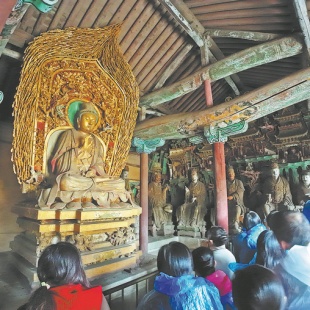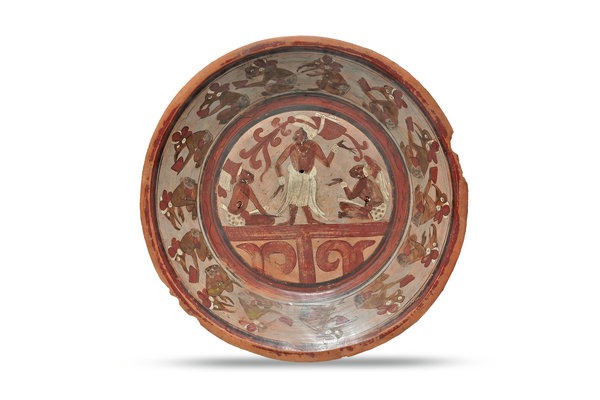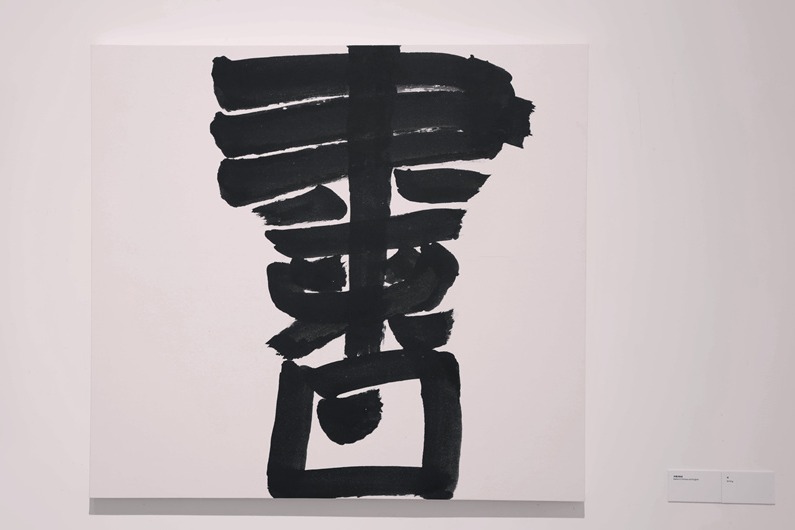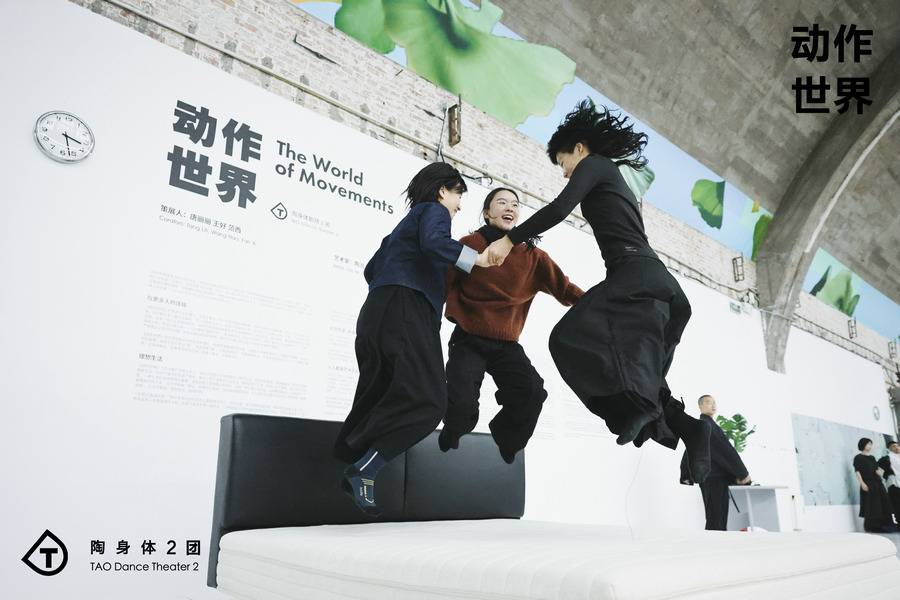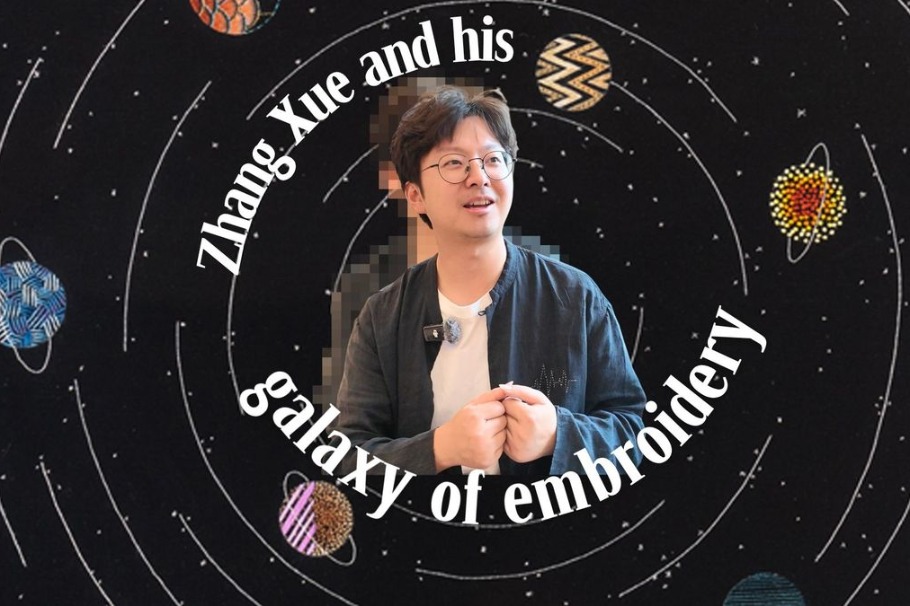Cinema breathes life into Shanxi's timeless heritage
Director's vision turns childhood memories into a catalyst for tourism






Cultural treasures
Shanxi leads China with 531 State-level cultural relic protection units. Around 85 percent of the nation's existing wooden structures that were built in the Yuan Dynasty (1271-1368) or earlier are located in the province, according to the Shanxi Cultural Relics Bureau.
"With more than 3,500 ancient villages, Shanxi preserves generations of joys and sorrows within its blue bricks and black tiles," said Wang Aiqin, head of the Shanxi Department of Culture and Tourism. "Every stone slab tells a story of the past. Detachment, tranquility, antiquity and harmony embody the unique charm of Shanxi."
Shanxi has consistently inspired literary and cinematic art, from the classic 1964 animated film Havoc in Heaven to 2024's international hit video game Black Myth: Wukong, both of which similarly adapted Journey to the West.
"The collaboration between Shanxi and Nobody could become a benchmark for integrating cultural tourism IPs in China," said Gan Lu, a researcher at the Hainan Culture and Tourism Integration Product Design and Development Base.
"It merges modern animation with Shanxi's profound historical and cultural heritage," she said. "Across Shanxi, there are numerous temples and grottoes preserving a wealth of vivid and unique sculptures and murals, providing a solid historical and cultural foundation for virtual IP. The shift from sightseeing to immersive experience extends stays and boosts spending."
Gan added that combining film, television and tourism marks the arrival of the experience economy era, in which providing consumers with emotional satisfaction and lasting memories is the core focus. It is a form of advanced content marketing that transforms cultural emotion into economic value, she said.
According to a market report released by travel agency Ctrip in late August, searches for Nobody's featured settings surged 380 percent year-on-year, boosting tourism orders in Datong, home to many ancient temples, by 40 percent.
"Cultural relics inspire animation, games and films, while those works add value and help sustain relics," said Zhang Jin, president of the cultural relics preservation and adaptive utilization division at the Tsinghua Tongheng Planning and Design Institute in Beijing.
"With modern online cultural products being embraced by young audiences, little-known relics gain popularity," she said. "The influence of IP expands to a broader space with more potential for commercialization."
Contact the writers at chenmeiling@chinadaily.com.cn


